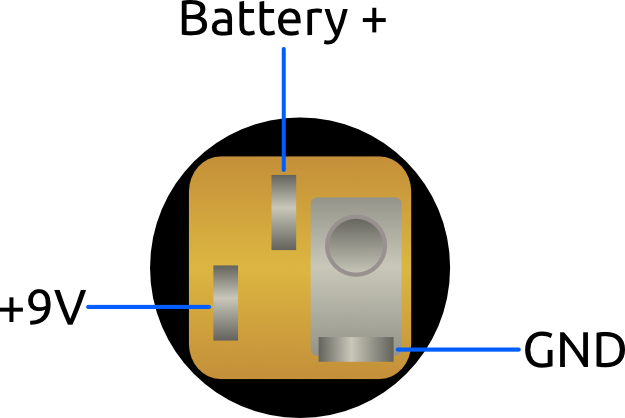jdduffield
Active member
I’ve been using 2-pin DC jacks. They work great and the pedals I’m building do not have a 9v battery. I’ve recently ordered some 3-prong. So, instead of simply positive and negative, it has positive, negative, and ground.
My question is… Since it doesn’t have a battery, how should I wire them up? Is it important to “ground” the ground or should I just leave it alone untouched?
My question is… Since it doesn’t have a battery, how should I wire them up? Is it important to “ground” the ground or should I just leave it alone untouched?





